Year 1
The English curriculum is built around the three interrelated strands of language, literature and literacy. Teaching and learning programs should balance and integrate all three strands. Together, the strands focus on developing students' knowledge, understanding and skills in listening, reading, viewing, speaking, writing and creating. Learning in English builds on concepts, skills and processes developed in earlier years, and teachers will revisit and strengthen these as needed.
In Year 1, students communicate with peers, teachers, known adults and students from other classes.
Students engage with a variety of texts for enjoyment. They listen to, read, view and interpret spoken, written and multimodal texts designed to entertain and inform. These encompass traditional oral texts including Aboriginal stories, picture books, various types of stories, rhyming verse, poetry, non-fiction, film, dramatic performances and texts used by students as models for constructing their own texts.
The range of literary texts for Foundation to Year 10 comprises Australian literature, including the oral narrative traditions of Aboriginal and Torres Strait Islander Peoples, as well as the contemporary literature of these two cultural groups, and classic and contemporary world literature, including texts from and about Asia. Literary texts that support and extend Year 1 students as independent readers involve straightforward sequences of events and everyday happenings with recognisably realistic or imaginary characters. Informative texts present a small amount of new content about familiar topics of interest and topics being studied in other areas of the curriculum. These include decodable and predictable texts which present a small range of language features, including simple and compound sentences, some unfamiliar vocabulary, a small number of high-frequency words and words that need to be decoded phonically, as well as illustrations and diagrams that support the printed text.
Students create a variety of imaginative, informative and persuasive texts including recounts, procedures, performances, literary retellings and poetry.
(source: www.australiancurriculum.edu.au)
Achievement Standard
Receptive modes (listening, reading and viewing)
By the end of Year 1, students understand the different purposes of texts. They make connections to personal experience when explaining characters and main events in short texts. They identify that texts serve different purposes and that this affects how they are organised. They describe characters, settings and events in different types of literature.
Students read aloud, with developing fluency. They read short texts with some unfamiliar vocabulary, simple and compound sentences and supportive images. When reading, they use knowledge of the relationship between sounds and letters, high-frequency words, sentence boundary punctuation and directionality to make meaning. They recall key ideas and recognise literal and implied meaning in texts. They listen to others when taking part in conversations, using appropriate language features and interaction skills.
Productive modes (speaking, writing and creating)
Students understand how characters in texts are developed and give reasons for personal preferences. They create texts that show understanding of the connection between writing, speech and images.
They create short texts for a small range of purposes. They interact in pair, group and class discussions, taking turns when responding. They make short presentations on familiar topics. When writing, students provide details about ideas or events, and details about the participants in those events. They accurately spell high-frequency words and words with regular spelling patterns. They use capital letters and full stops and form all upper- and lower-case letters correctly.
(source: www.australiancurriculum.edu.au)
- Plus Plan

Wee Willie Winkie – Nursery Rhyme Poster
Use this “Wee Willie Winkie” nursery rhyme poster to teach your youngest students about rhyme and rhythm.
- Plus Plan
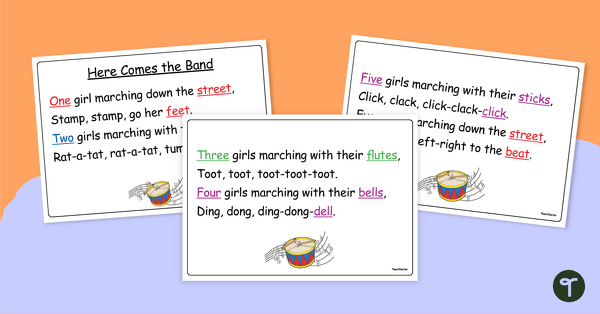
Here Comes the Band – Counting Rhyme Poster
Use the counting nursery rhyme “Here Comes the Band” poster to teach your students about numbers and rhyme simultaneously!
- Plus Plan

Onset and Rime Slide Activity
Practise matching onset and rime to create words in this fun slider activity.
- Plus Plan
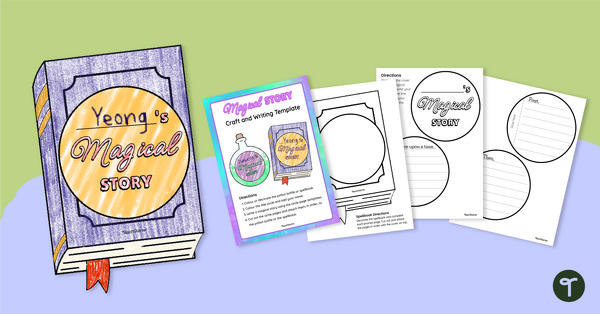
Magical Story Craft and Writing Template
Use this printable craft and writing template to get your students writing stories that are truly magical during Book Week 2024!
- Plus Plan
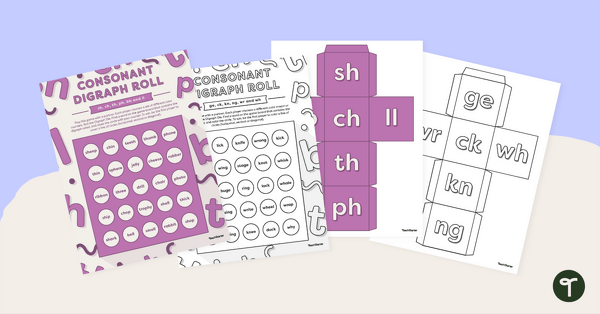
Consonant Digraph Cover Up Game
Practise consonant digraphs with your students with this set of two fun partner cover up games.
- Plus Plan
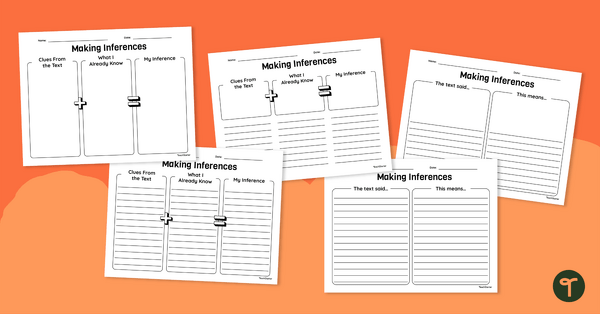
Making an Inference – Graphic Organiser Pack
Use these graphic organisers with your students when teaching them how to use text evidence to make inferences.
- Plus Plan

Interactive Build A Snowman Sequencing Activity
Practise sequencing and writing procedural texts with an interactive How to Build a Snowman game.
- Plus Plan
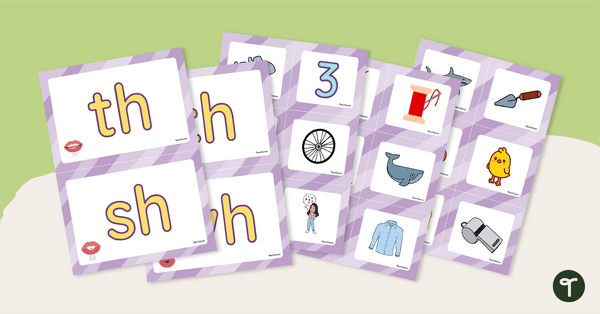
Beginning Consonant Digraphs Sorting Activity
Explore words that contain an initial consonant digraph with a set of 24 picture sorting cards.
- Plus Plan
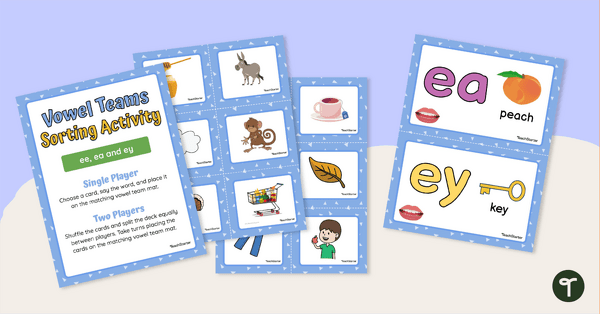
Vowel Teams Sorting Activity (EE, EA and EY)
Decode words with the EE, EA and EY vowel teams using 18 picture cards with sorting mats.
- Plus Plan
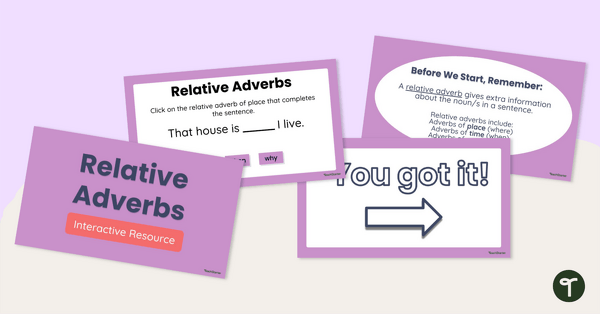
Relative Adverbs Interactive Activity
Use this relative adverbs interactive activity as a warm up for your grammar lesson or to refresh students’ memories before a writing session!
- Plus Plan
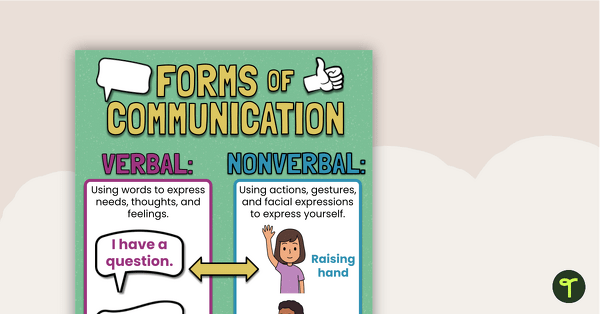
Verbal and Nonverbal Communication Poster
Teach your young students the key to communication by starting with the basics — the difference between verbal and nonverbal communication methods.
- Plus Plan
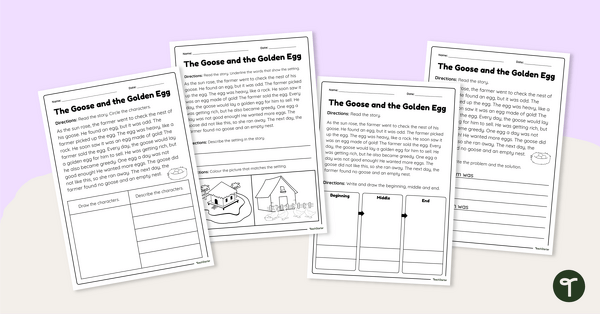
Story Elements Worksheets – The Goose and the Golden Egg
Practise identifying the story characters, settings and main events with this set of worksheets based on a traditional tale.
- Plus Plan
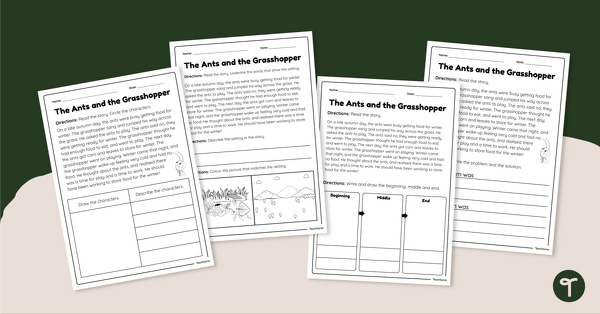
Story Elements Worksheets – The Ants and the Grasshopper
Practise identifying the story characters, settings and main events with this set of worksheets based on a traditional tale.
- Plus Plan
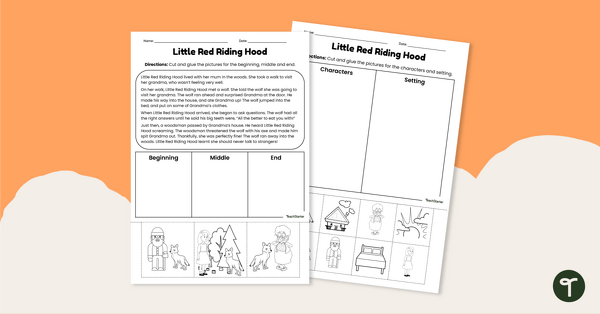
Story Elements Cut and Paste Worksheets – Little Red Riding Hood
Explore story characters, settings and main events with this set of cut-and-paste worksheets based on a well-known fairy tale.
- Plus Plan
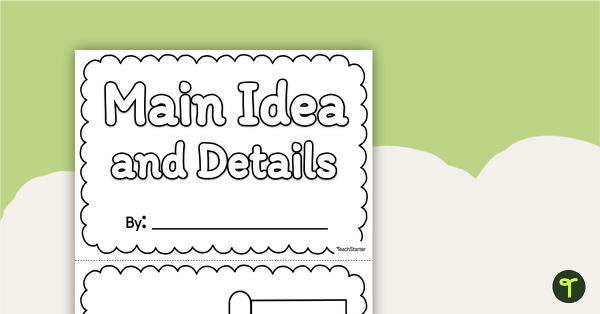
Main Idea and Details Mini-Book
Practise identifying the main idea and supporting ideas in a variety of texts by completing this mini-book.
- Plus Plan
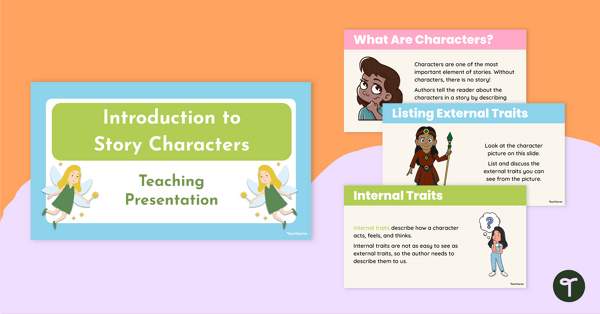
Introduction to Story Characters Teaching Slides
Introduce your students to the wonderful world of story characters with this visually appealing teaching presentation.
- Plus Plan
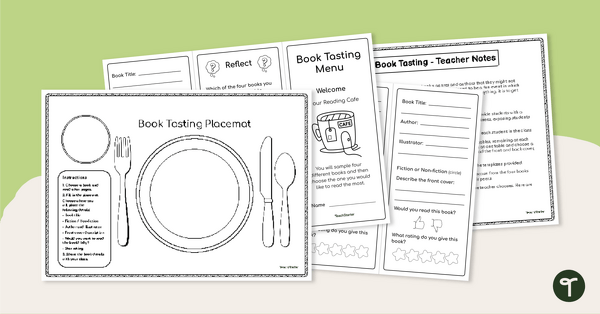
Book Tasting Placemat and Brochure Templates
Expose your students to new books, authors and genres with this student-centred book tasting activity.
- Plus Plan
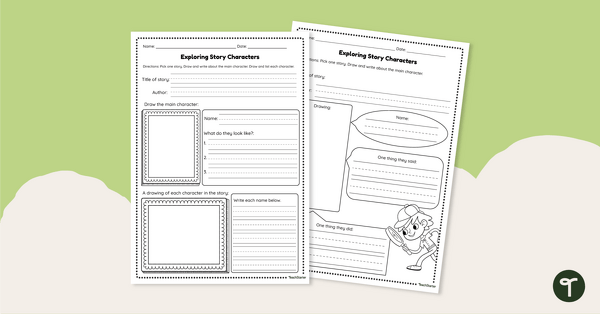
Exploring Story Characters - Worksheets
Explore the defining features of story characters with this differentiated worksheet.
- Plus Plan
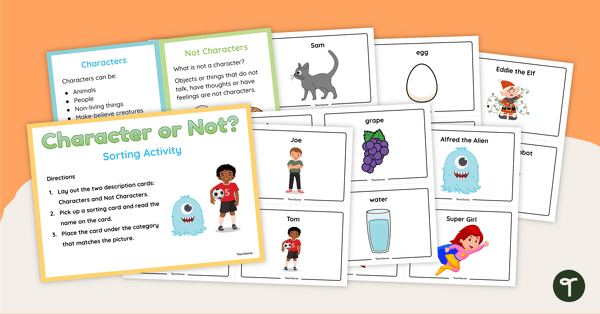
Character or Not? - Sorting Activity
Explore the difference between characters and non-characters with this hands-on sorting activity.
- Plus Plan

Story Setting or Not? - Sorting Activity
Explore the difference between story settings and non-settings with this hands-on sorting activity.
- Plus Plan
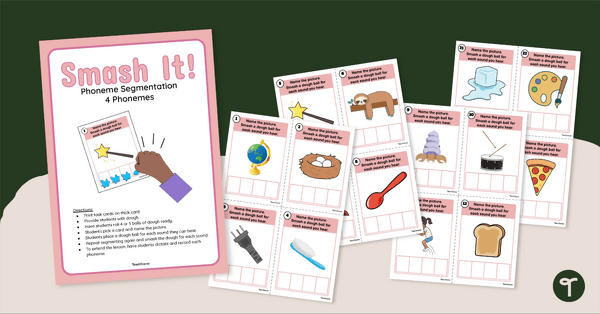
Segmenting 4 Phonemes Activity - Smash It!
Practise segmenting words into four phonemes with this set of playdough smash task cards.
- Plus Plan
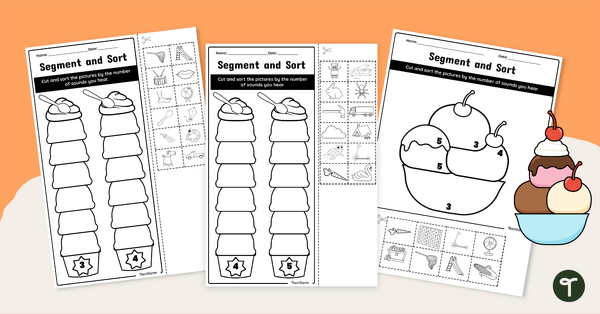
Count and Sort the Sounds Worksheet Pack
Sort words based on their number of phonemes in these fun ice-cream themed cut-and-paste worksheets.
- Free Plan
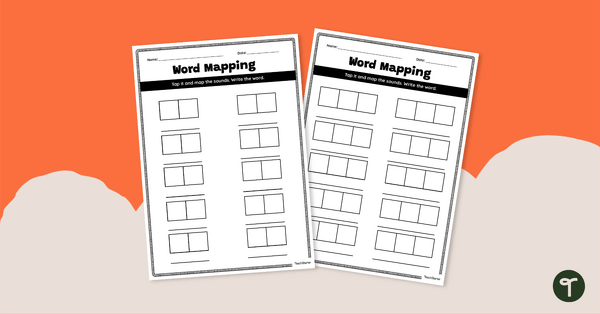
Word Mapping Recording Sheets
Practise mapping out words and segmenting their phonemes using these word mapping templates.
- Plus Plan

Phoneme Counting Worksheet Set
Count the sounds in words featured in this set of phoneme counting worksheets.
- Plus Plan
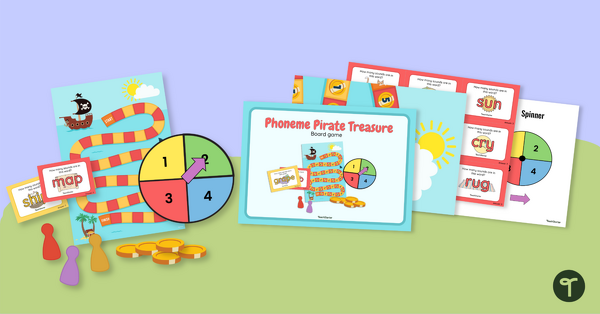
Counting Phonemes Game - Pirate Treasure
Practise counting how many phonemes are in words in this pirate-themed treasure hunt game.
- Plus Plan

Stomp the Sounds - Phoneme Segmentation Activity
Stomp the sounds in words with this multi-sensory phoneme segmentation activity.
- Plus Plan
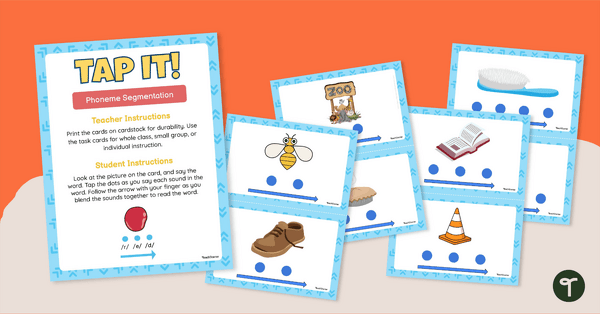
TAP IT! Phoneme Segmentation Mats
Break down words into either 2, 3, or 4 phonemes with this set of 18 picture cards.
- Plus Plan
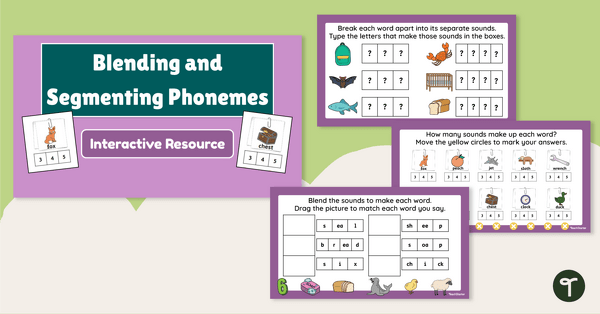
Blending and Segmenting Phonemes - Interactive Activity
Practise blending and segmenting phonemes in common words with this engaging interactive activity.
- Plus Plan
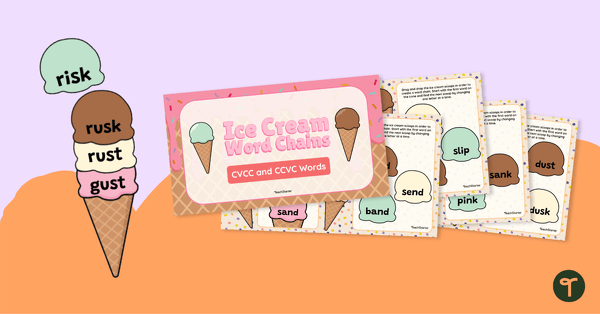
Ice Cream Word Chains - Interactive Activity
Drag and drop the ice cream scoops to make CVCC and CCVC word chains with this engaging digital activity.
- Plus Plan
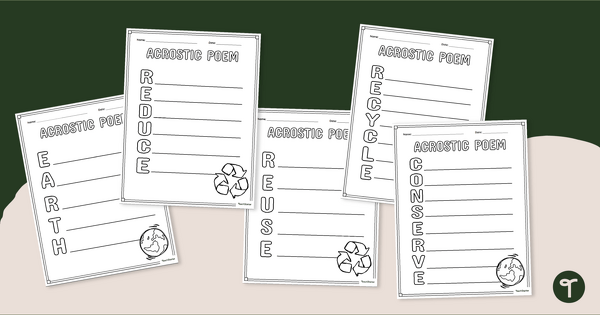
Earth Day - Acrostic Poem Template Pack
An acrostic poem template to use in the classroom to celebrate Earth Day and National Poetry Month.
- Plus Plan
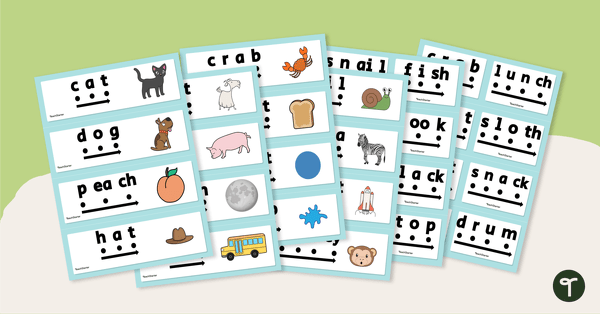
Blending Phonemes Fluency Strips
Develop students’ ability to blend phonemes in common words with this comprehensive set of phoneme blending fluency strips.
- Plus Plan
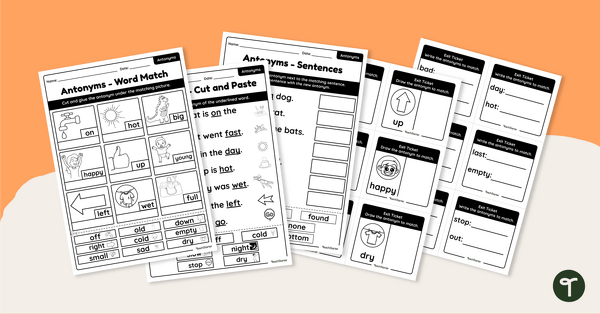
Antonyms Worksheets - Year 1
Practise reading and identifying antonyms with a pack of five antonym worksheets for Year 1 students.